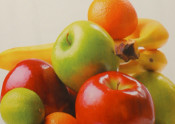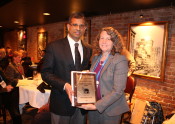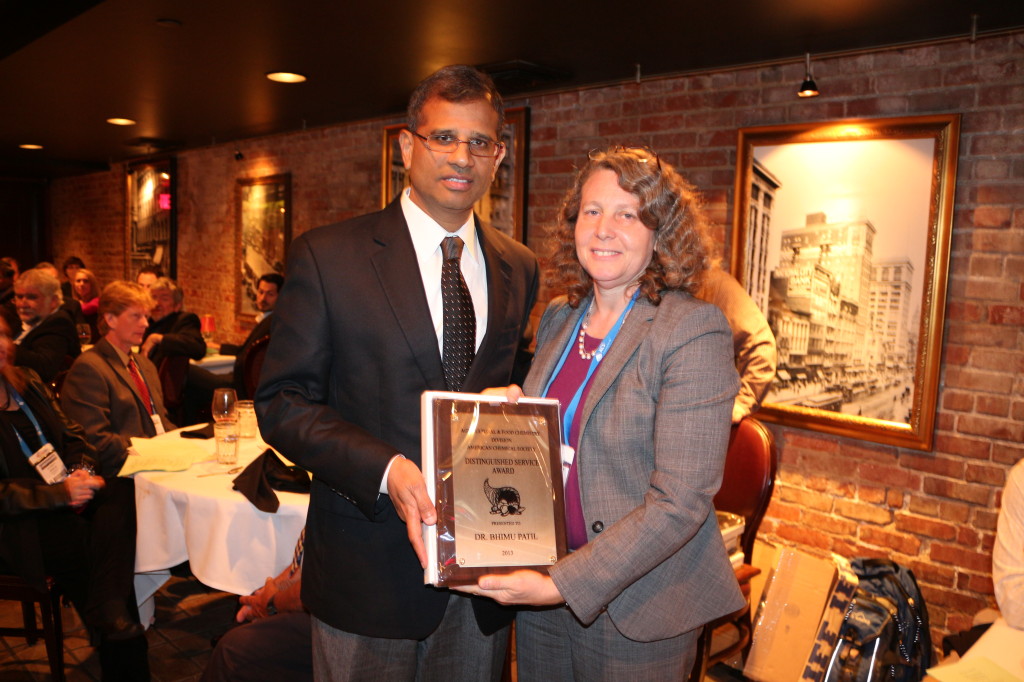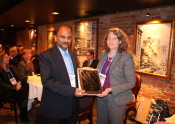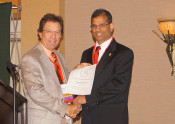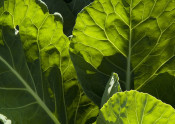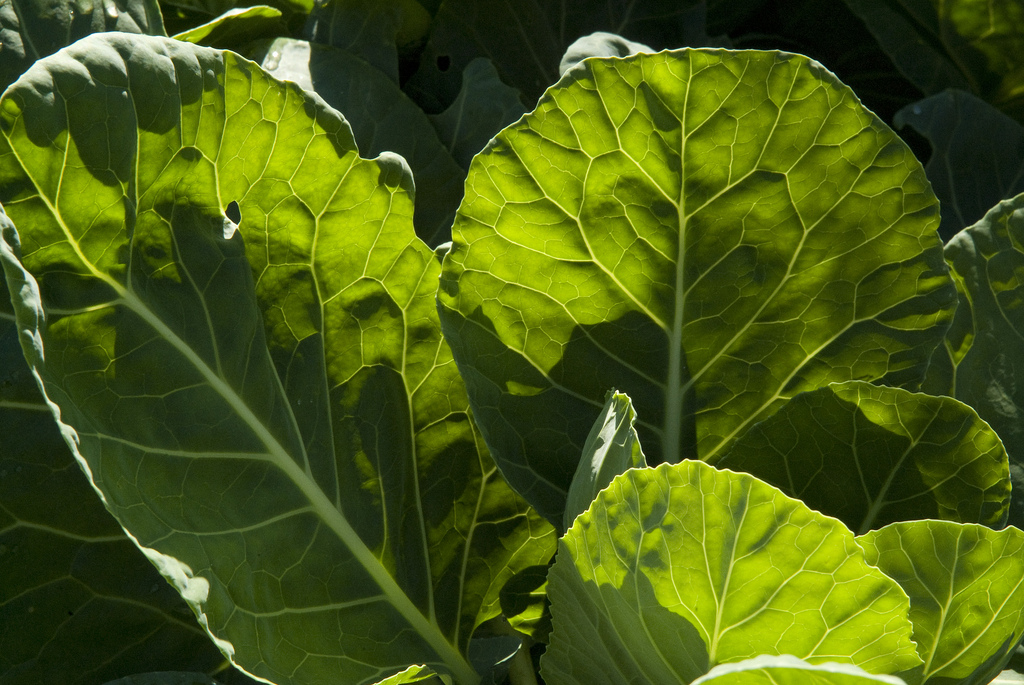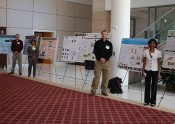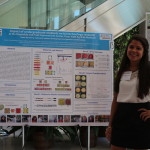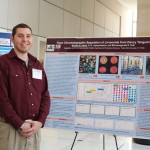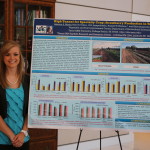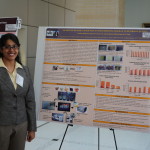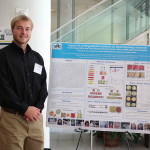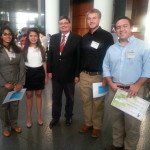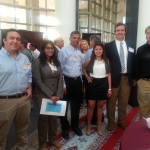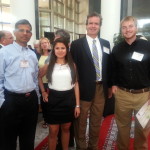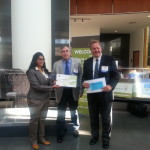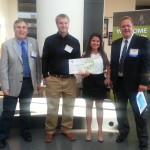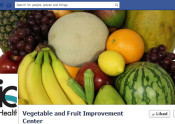
By Blair Williamson
As the next step in a series of advancements to transform scientific discovery across Texas A&M University and, in turn, the state and nation, the Texas A&M Health Science Center (TAMHSC) Institute of Biosciences and Technology (IBT) in Houston is establishing a new Center for Epigenetics & Disease Prevention (CEDP) with support from the Chancellor’s Research Initiative (CRI).
The CEDP, with collaborators from across The Texas A&M University System, is poised to transform health care by shifting the standard model of disease prevention through an innovative “field-to-clinic” initiative. This new era of preventive medicine will integrate nutrition, chemistry and medicine to radically change the approach to cancer, metabolic disorders like diabetes and chronic conditions like cardiovascular disease. In short, researchers are focused on developing preventive treatments and pharmaceutical agents using beneficial compounds naturally found in food.
“This initiative brings together the A&M System’s best and brightest researchers, with expertise in agriculture, nutrition and medicine to form a diverse and highly collaborative team intent on developing revolutionary disease prevention solutions that will impact generations to come,” said John Sharp, chancellor of The Texas A&M University System.
A multidisciplinary and cross-institutional team is spearheading the novel field-to-clinic approach aimed at identifying phytochemicals, or naturally-occurring plant compounds, in whole foods that inhibit disease or have other preventive qualities beneficial to humans and animals. Once identified, such compounds will undergo quality-controlled, large-scale production in preparation for human clinical trials. To accomplish this, the CRI has invested $9 million in the field-to-clinic enterprise, including funds to recruit new faculty members and to create interdisciplinary ties across the system, including Texas A&M AgriLife Research.
“Such collaborations reinforce our commitment to the One Health initiative, which emphasizes the link between humans, animals and plants,” said R. Bowen Loftin, Ph.D., president of Texas A&M University. “The opportunities currently in place across the university and system make this the right time for Texas A&M to establish itself as a world leader working at the interface of diet, epigenetics and disease prevention.”
To lead the CEDP, the IBT has recruited Roderick H. Dashwood, Ph.D., a world-renowned expert in dietary cancer prevention and epigenetics – a research field that investigates alterations in gene expression caused by mechanisms other than changes in DNA sequence. He comes to TAMHSC from the Linus Pauling Institute at Oregon State University where he served as director of the Cancer Chemoprotection Program. He also will hold a faculty appointment with Texas A&M AgriLife Research, with an adjunct appointment in the Department of Clinical Cancer Prevention at MD Anderson Cancer Center.
“The addition of Dr. Dashwood to the preeminent team of scientists across Texas A&M and partnering entities in the Texas Medical Center in Houston positions the Texas A&M Institute for Biosciences and Technology to be a global frontrunner in disease prevention,” said Brett P. Giroir, M.D., who currently serves as vice chancellor for strategic initiatives for the Texas A&M System and will assume the role of interim executive vice president of TAMHSC on Oct. 1.
Dashwood will oversee efforts to initially isolate beneficial compounds and then formulate them with the help of the National Center for Therapeutics Manufacturing (NCTM) so that they can be administered in the type of controlled method necessary for clinical trials. Researchers from the College of Agriculture and Life Sciences and the College of Science will help separate and synthesize derivatives of beneficial phytochemicals. Preclinical animal model studies will then be performed in collaboration with researchers at the College of Veterinary Medicine and Biomedical Sciences. They will work with the Texas Institute for Preclinical Studies (TIPS) to screen these compounds in naturally occurring and genetically engineered mice supplied by the Texas Institute for Genomic Medicine (TIGM).
Researchers will use the Gulf Coast Consortium for Chemical Genomics screening center at the IBT comprised of high-throughput robotic workstations to evaluate the compounds and look for new “hits” for cancer prevention. The majority of the workstations in this screening center were funded by a $12 million grant from the Cancer Prevention Research Institute of Texas awarded to Pete Davies, M.D., Ph.D., director of IBT’s Center for Translational Cancer Research and IBT associate director. Texas A&M also invested an additional $1 million for an additional workstation to study other non-cancer diseases.
“At the IBT, we now can start screening natural compounds for their ability to kill cancer cells and probe for epigenetic changes that cut across multiple diseases and chronic conditions beyond cancer. This is what makes epigenetics such an exciting area,” Dashwood said. “There is good evidence that natural compounds acting via epigenetic mechanisms will prove beneficial in preventing and treating many diseases. Our initial focus will be on cancer prevention at the earliest stages of the disease, but we have an eye on transitioning our research into conditions such as chronic obstructive pulmonary disease (COPD), neurological disorders and specific childhood illnesses.”
Once identified, the best compounds will then go to the Texas Medical Center for testing in human clinical trials.
“Recruitment of Dr. Dashwood will connect the research activities across the state in new and exciting ways,” said Cheryl Walker, Ph.D., director of the IBT. “Scientific advances in nutrition, agriculture and chemistry that are being made in College Station now will be rapidly translated into clinical trials in the Texas Medical Center to prevent cancer and many other diseases.”
While the IBT will house Dashwood and the new center, significant contributions to this enterprise come from across the A&M System, including Texas A&M University System Office of the Chancellor; Texas A&M University Office of the Provost and Vice President for Research; Texas A&M Health Science Center and its College of Medicine; College of Veterinary Medicine and Biomedical Sciences; College of Science; College of Agriculture and Life Sciences; and Texas A&M AgriLife Research.
For more information, click here.


